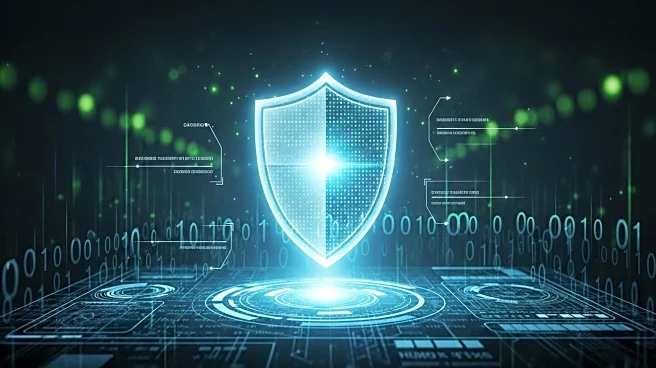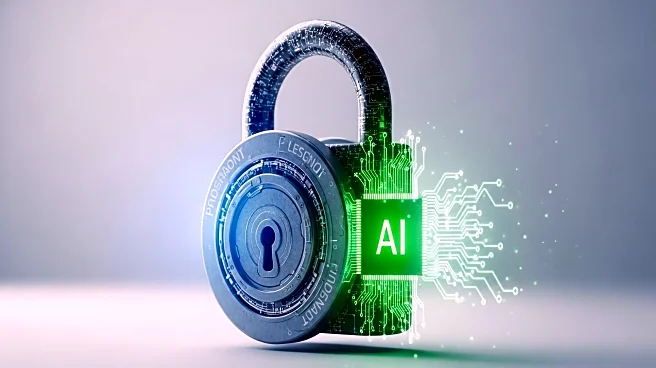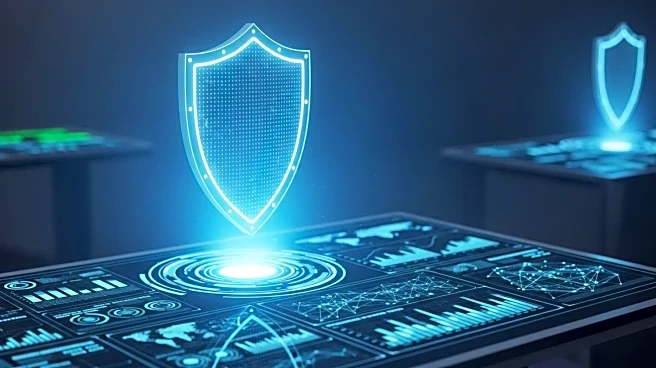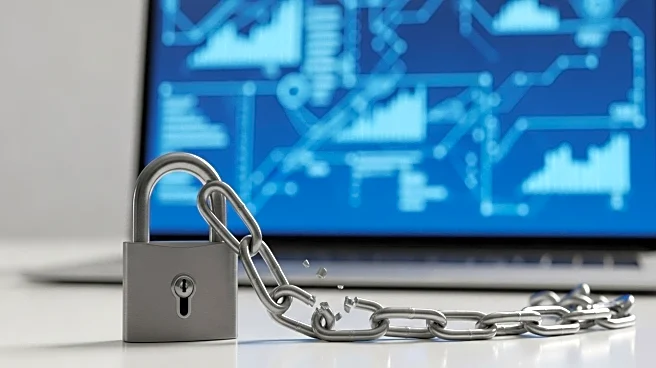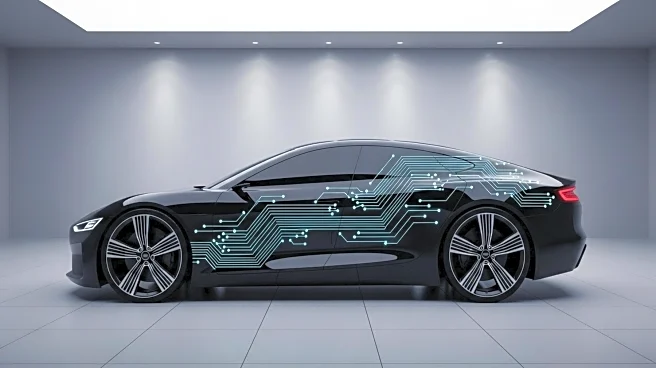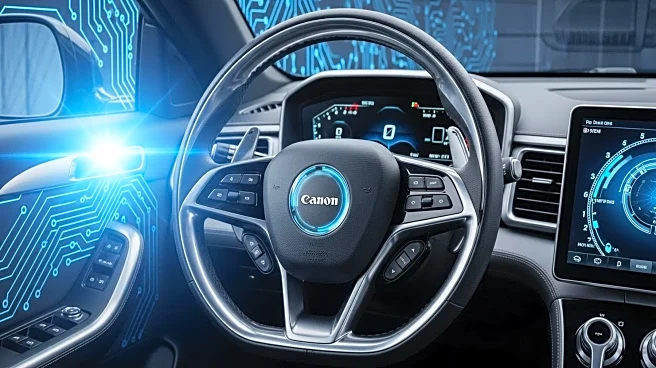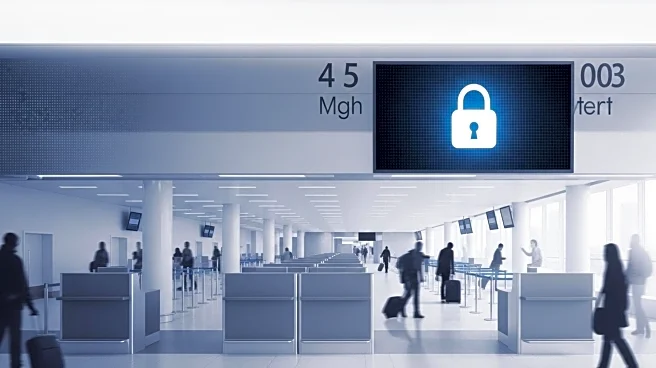What's Happening?
The automotive industry is increasingly focusing on cybersecurity as a critical safety standard for connected and autonomous vehicles. Recent research indicates that a significant portion of consumers are concerned about the potential for remote hacking of vehicles, with many considering purchasing older, less connected cars to mitigate cyber risks. This concern is fueled by incidents such as vulnerabilities in the Subaru Starlink system and Nissan Leaf infotainment platform, which exposed sensitive data and vehicle functions to remote access. The industry is recognizing that cybersecurity is integral to vehicle safety, as software-defined vehicles (SDVs) contain millions of lines of code that control essential systems like steering and braking.
Why It's Important?
The integration of cybersecurity into vehicle safety standards is crucial for consumer trust and the adoption of connected vehicles. As vehicles become more software-driven, the risk of cyberattacks increases, potentially leading to dangerous outcomes. Ensuring robust cybersecurity measures can prevent incidents that compromise physical safety, thereby protecting consumers and enhancing the reputation of automotive manufacturers. This shift underscores the need for automakers to prioritize cybersecurity in their development processes, impacting the industry's approach to innovation and consumer confidence.
What's Next?
Automakers are expected to implement comprehensive cybersecurity strategies, including runtime protections and over-the-air updates, to address vulnerabilities. The use of Software Bills of Materials (SBOMs) will provide visibility into software supply chains, enabling manufacturers to identify and mitigate risks. As cybersecurity becomes a standard safety requirement, automakers will need to demonstrate their commitment to secure software development to maintain consumer trust and drive the adoption of connected vehicles.
Beyond the Headlines
The focus on cybersecurity in the automotive industry highlights broader implications for software development and supply chain management. As vehicles become more connected, the industry must navigate the complexities of securing software components sourced from various vendors, ensuring that all elements meet high security standards. This approach may lead to increased collaboration and transparency across the automotive supply chain, fostering a culture of security and resilience.



